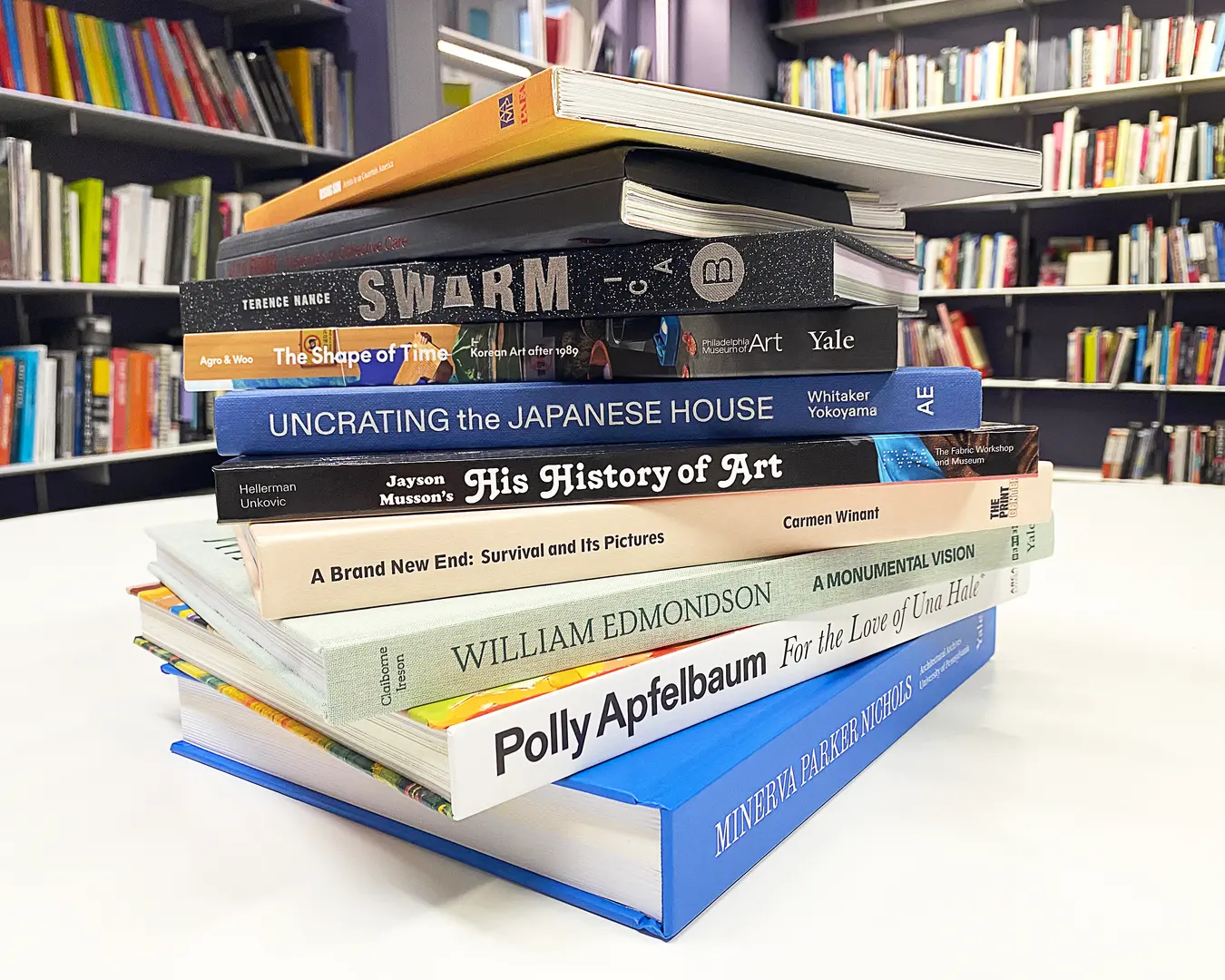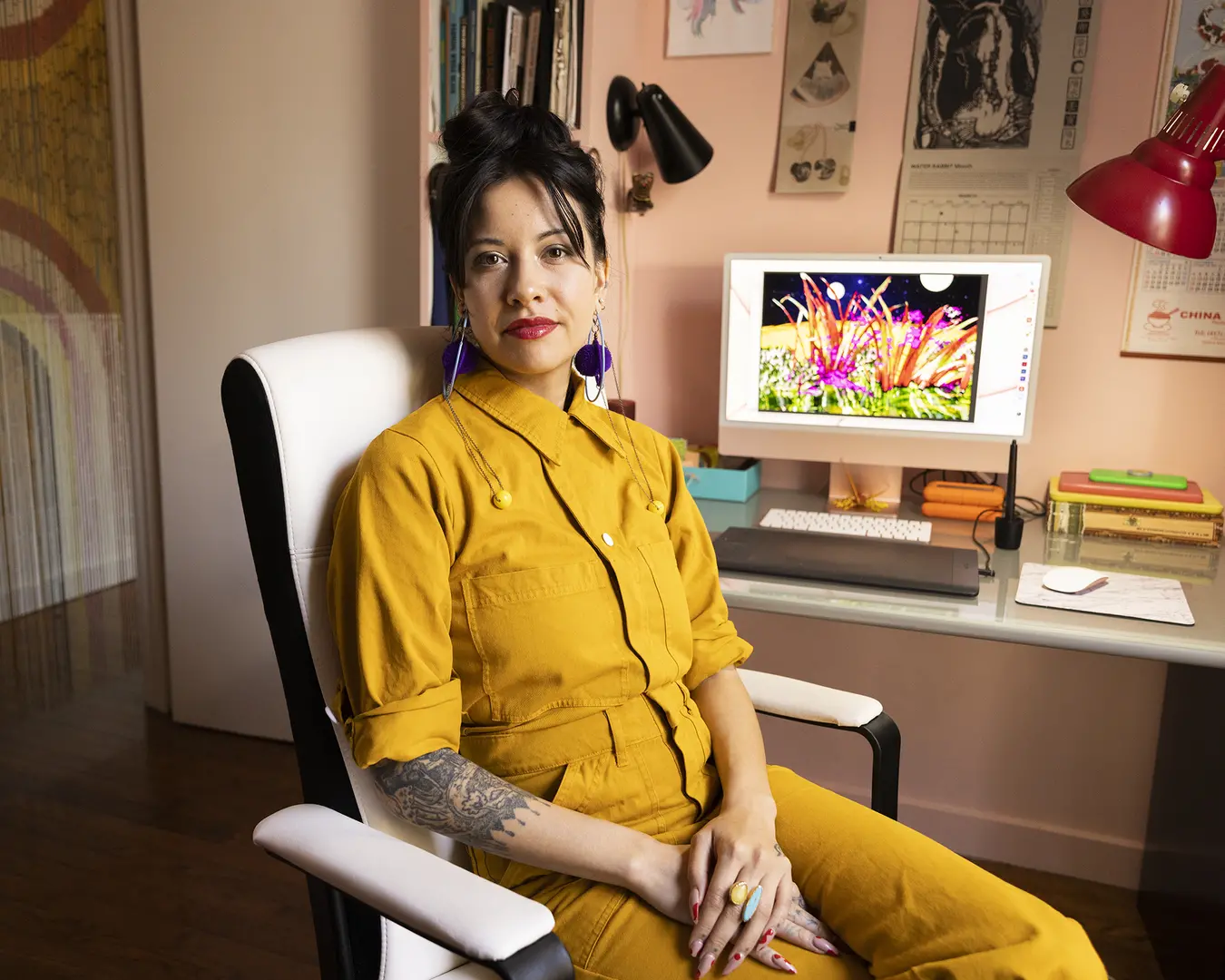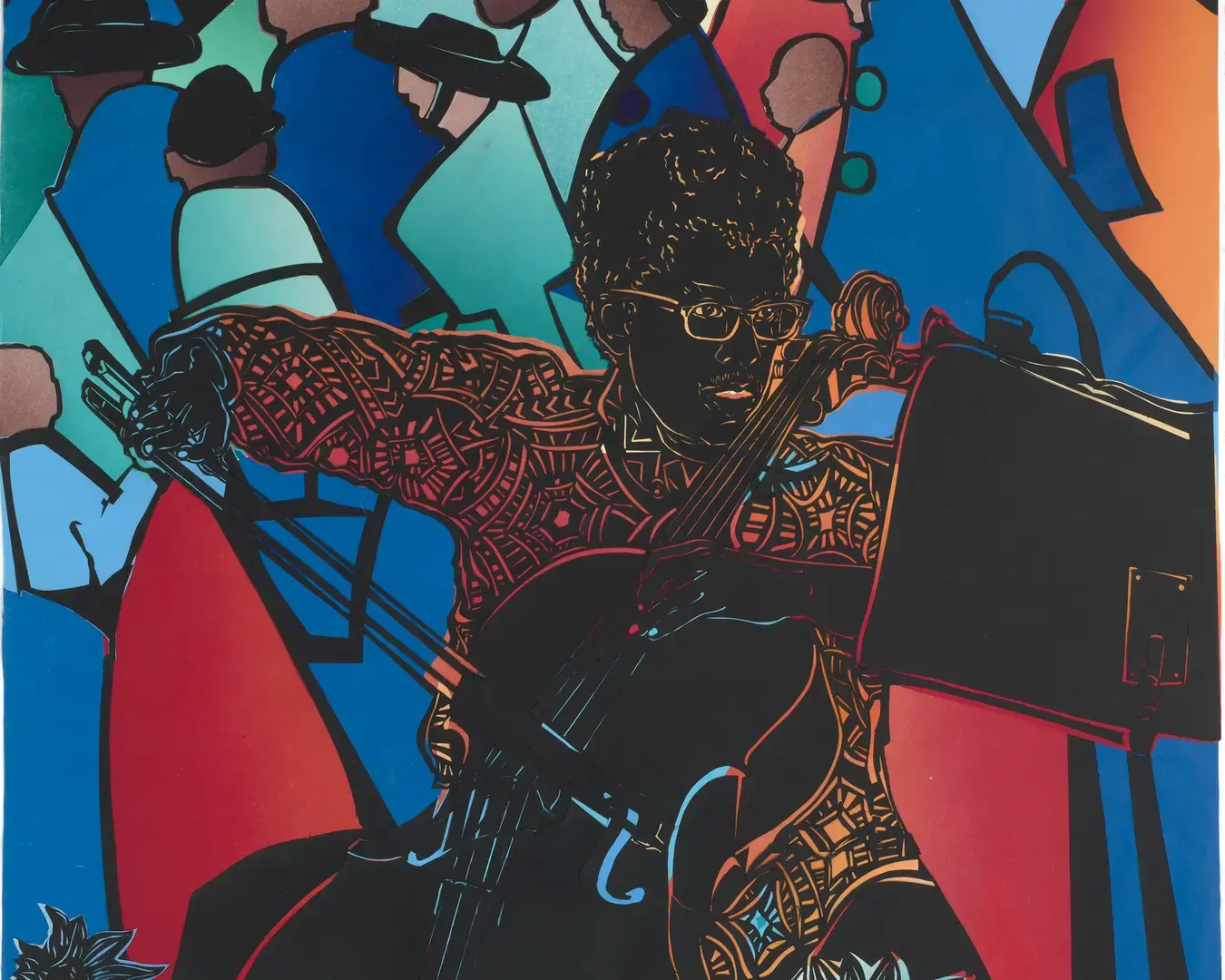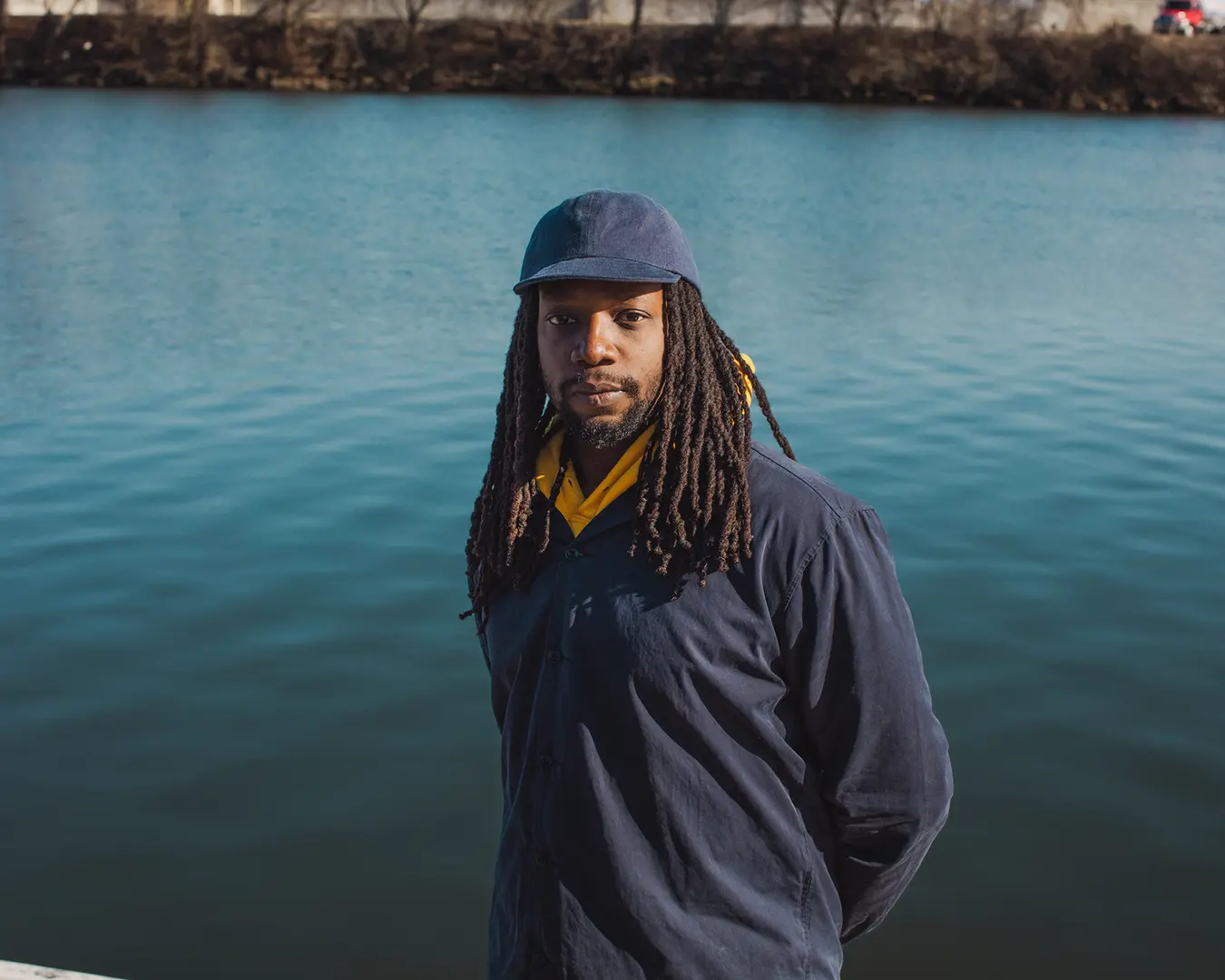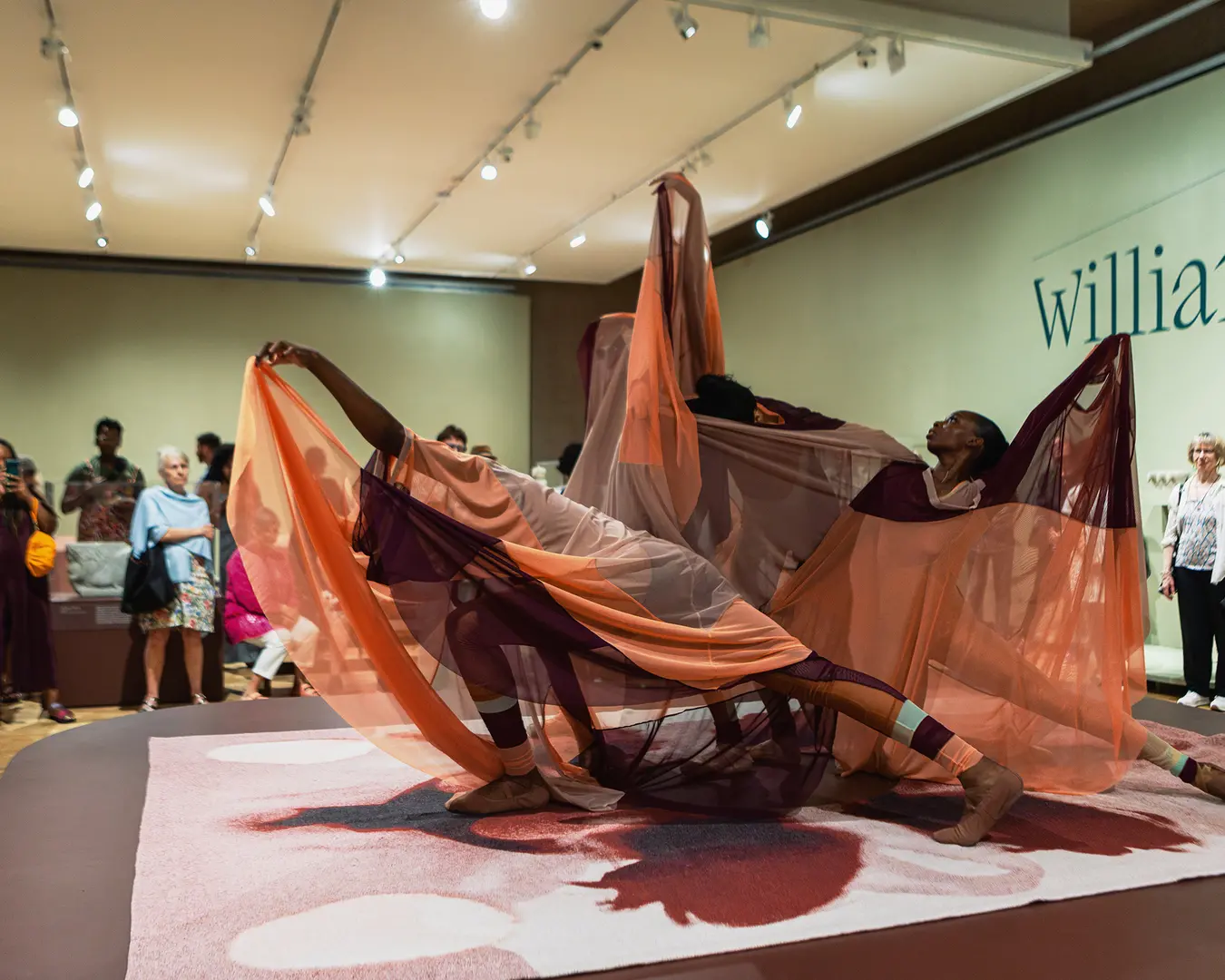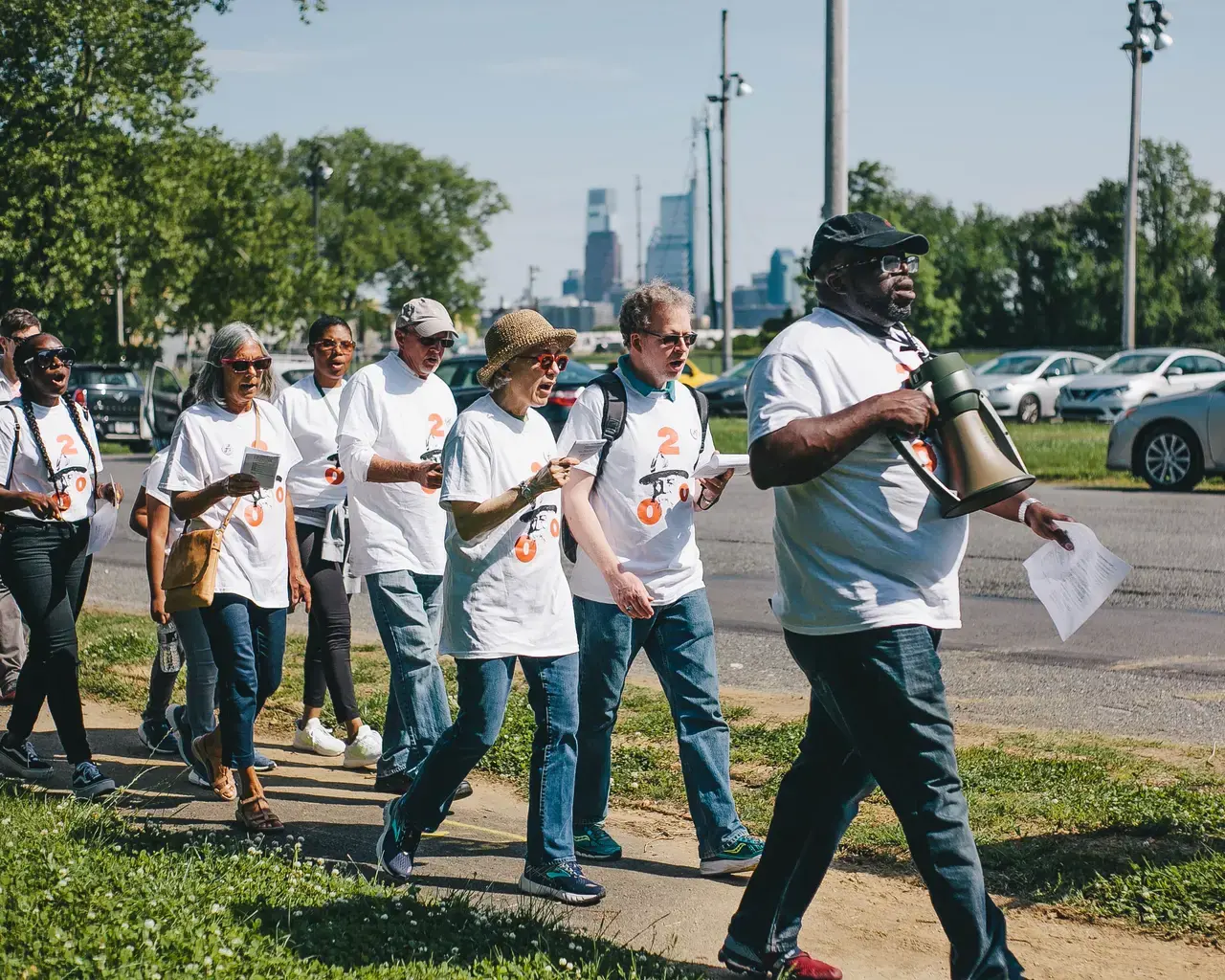
Two centuries after his birth in 1819, Walt Whitman remains a towering literary figure. His bicentennial provides a rich opportunity to explore his contributions to American life and his relevance to today’s art, society, and civic engagement. To observe this occasion, the University of Pennsylvania Libraries Kislak Center has organized Whitman at 200, a region-wide program of cultural events throughout the year, including four new artistic commissions supported by Center Project grants.
Judith Tannenbaum is the project’s artistic director. She sought to commission works by artists for whom Whitman’s work is meaningful and to represent a “range of ideas, approaches, and disciplines rather than following a prescribed theme,” she explains. Tannenbaum says she wanted performances and installations to take place in public settings, “where they may be experienced in the course of daily activities, in contrast to being designed for art spaces.”
“Because Whitman lived in Camden for the last two decades of his life, the Delaware River waterfront seemed to be an ideal site for three of the commissions,” Tannenbaum continues. “By underscoring the proximity between Philadelphia and Camden and Whitman’s connections to both cities, we hope to increase viewers’ curiosity about Whitman’s legacy in the region.”
Like the bridge over the Delaware River that bears his name, these works connect Whitman’s life and writing to the present day and reassess his legacy in a modern context.
In New Songs of the Open Road (June 8 and 22, July 6, 2019) interdisciplinary artist and 1998 Pew Fellow Homer Jackson leads walks through diverse neighborhoods—from North to South Philadelphia. Drawing on the history of civil rights protests and freedom songs, the walks are accompanied by original music compositions performed by a gospel choir. The walks reference Whitman’s poem “Song of the Open Road” and select Langston Hughes poems, as well as Jackson’s interest in the connections between Whitman’s work and the Beats and Hippies of the 1950s and 60s.
“That these very same young people were influenced by Bebop pioneers, Charlie ‘Yardbird’ Parker and Dizzy Gillespie, is intriguing,” Jackson says. “Combined, the notion that these two black men, along with a poet from the nineteenth century, were so important to a large and growing subset of American popular culture really fascinates me.” This lineage provided Jackson an entry point to connect the Civil Rights Movement marches of the mid-twentieth century to “Whitman’s thoughts about freedom, hiking, and the vast landscape of America,” he says.
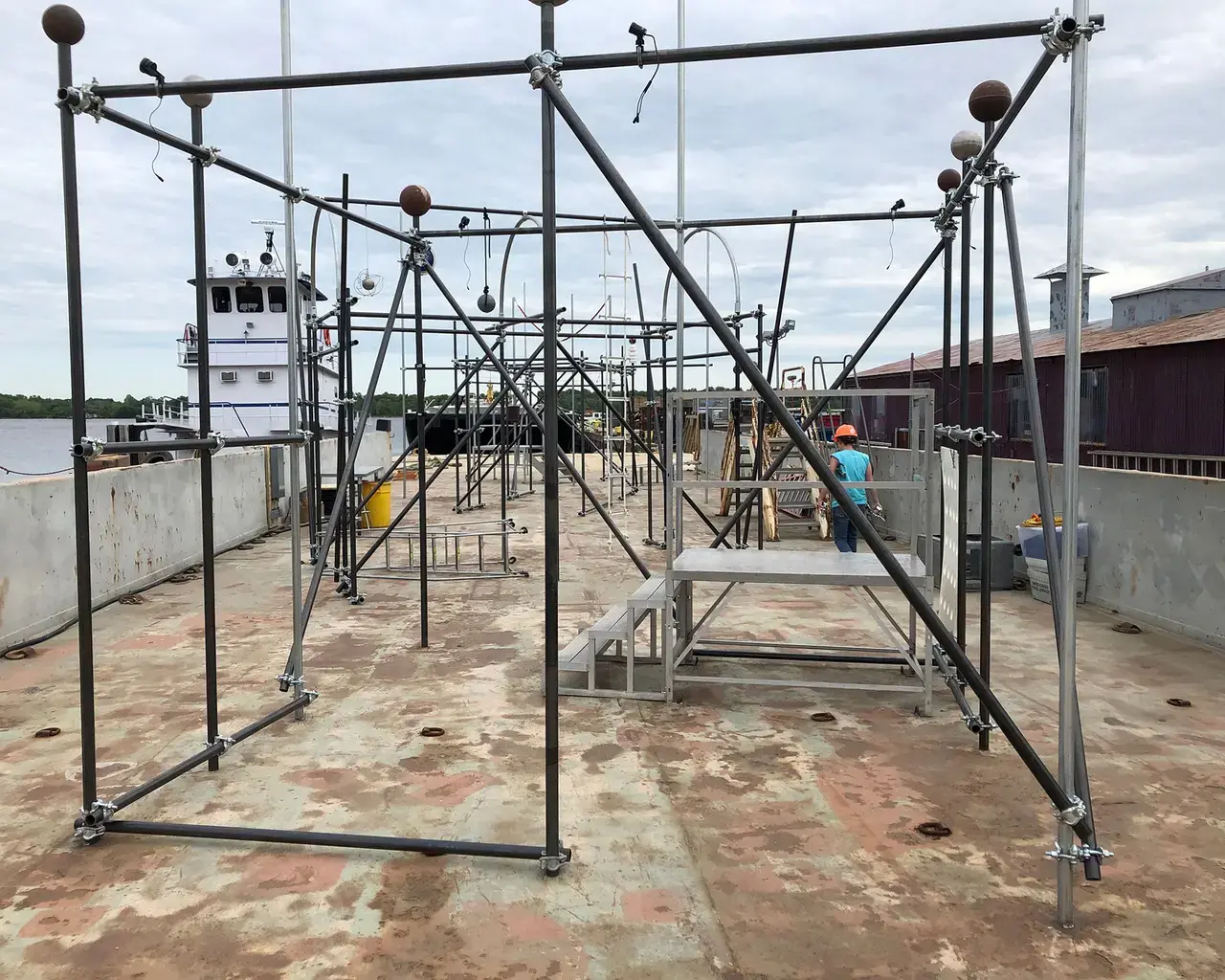
Installation artists Carolyn Healy and John JH Phillips, in collaboration with performer James Osby Gwathney Jr., also drew from Whitman’s “Song of the Open Road” for their piece, RiverRoad (June 4 and 5, 2019). On a 130-foot barge pulled by a tugboat along the Delaware River, Gwathney performs the poem in a multimedia setting of video, sculpture, lighting, and electronic sound that Healy and Phillips erected.
“[Whitman] frequently took the ferry to and from Philadelphia to savor the bustling culture and variety of people in the city,” Healy and Phillips say. “By choosing a site for this poem that is both of the urban life yet floating free, dark and quiet under the night sky, we hope to offer an abstract setting that will open the audience to a heightened experience of the words.”
Visual artist Spencer Finch considers the Delaware River in his interactive piece situated on the RiverLink ferry that travels between Camden and Philadelphia. In When You Look on the River and Sky (through September 2019), ferry-goers spin two wheels of Pantone swatches Finch selected to match the shifting spectrum of colors of the Delaware River and the sky above it.
In Contradict This! A Birthday Funeral for Heroes (May 31–June 2, 2019), experimental theater group the Bearded Ladies Cabaret explore both the heroic and the human sides of Whitman and highlight the challenges of holding up a historical figure to contemporary ideals. The outdoor performance at Cherry Street Pier combines the forms of pageant, birthday party, and trial.
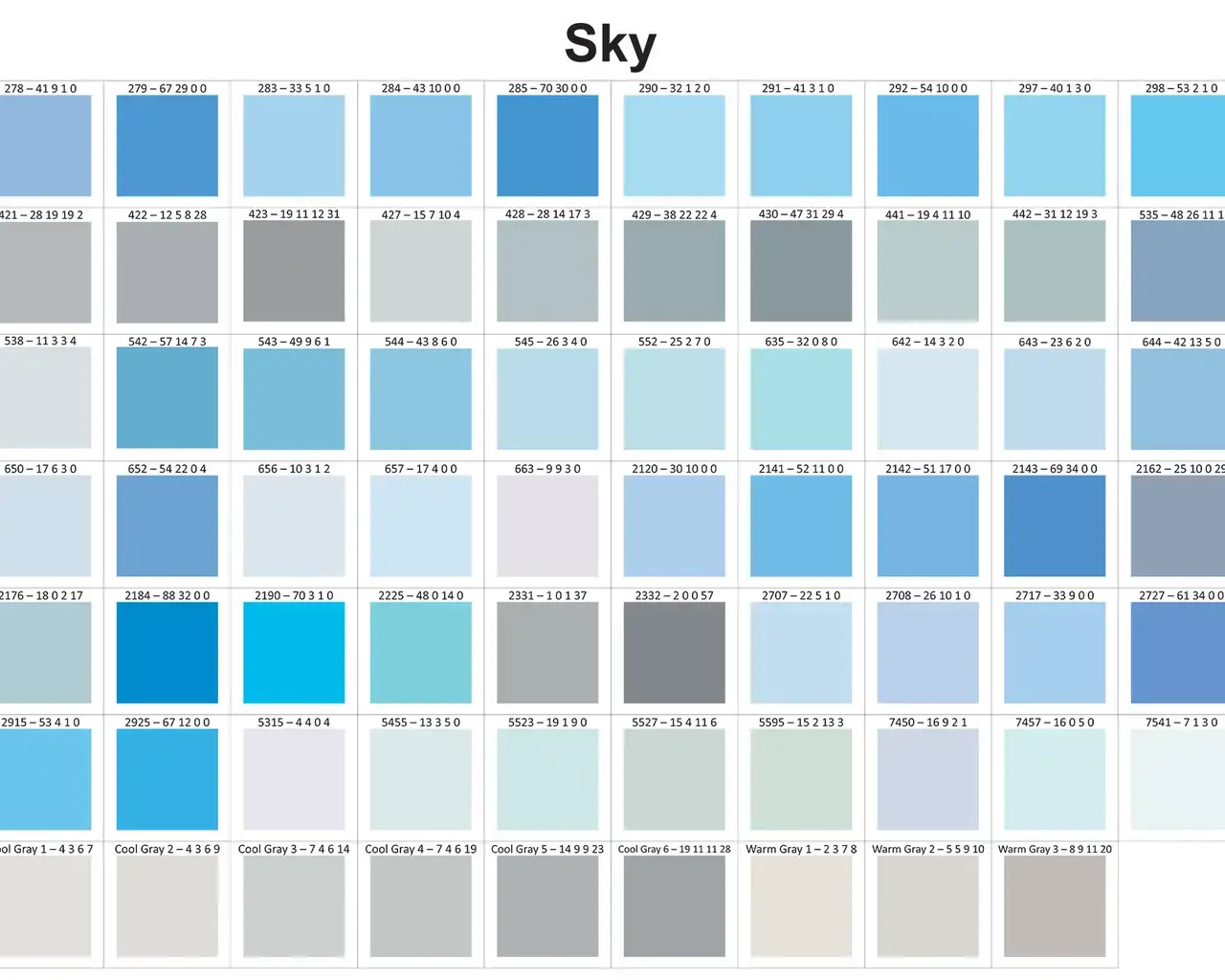
“Whitman spoke out for openness and personal freedom, the importance of civic engagement and diversity in a democratic society, the need to value individuals of all backgrounds and occupations, and much more,” Tannenbaum says.
While Whitman’s work endures today, the commissioned artists grapple honestly with his legacy with nuance and care, extending to him the same humanity that was so pronounced in his writing.
“How he intertwined his optimistic vision of humanity with the turbulence around him is instructive to us—his plain words, used to challenge his readers to live greater, more compassionate lives, give us a rope to a better future,” Healy and Phillips say. “There is no question that, seen in today’s light, Whitman had faults, but we are not scholars and have chosen to endorse the man who showed love and kindness to people of all races and walks of life.”
Recognizing and examining those faults can be illuminating for understanding not just Whitman’s work but both the world he inhabited and his connection to the issues of today. Jackson points out that, “So much about Whitman is so modern, so contemporary. However, he was not a twentieth or twenty-first century artist. He truly was a nineteenth century American white man with all the opportunities and challenges of a nineteenth century American white man.”
“Most important,” Jackson says, “he was an artist, and even with these challenges, he dropped some jewels and did so often, leaving us with a lifetime’s worth of brilliant, game-changing poetry, commentary, and letters.”
For a full list of Center-supported Whitman at 200 artistic commissions along with dates and locations, view the event listing.
